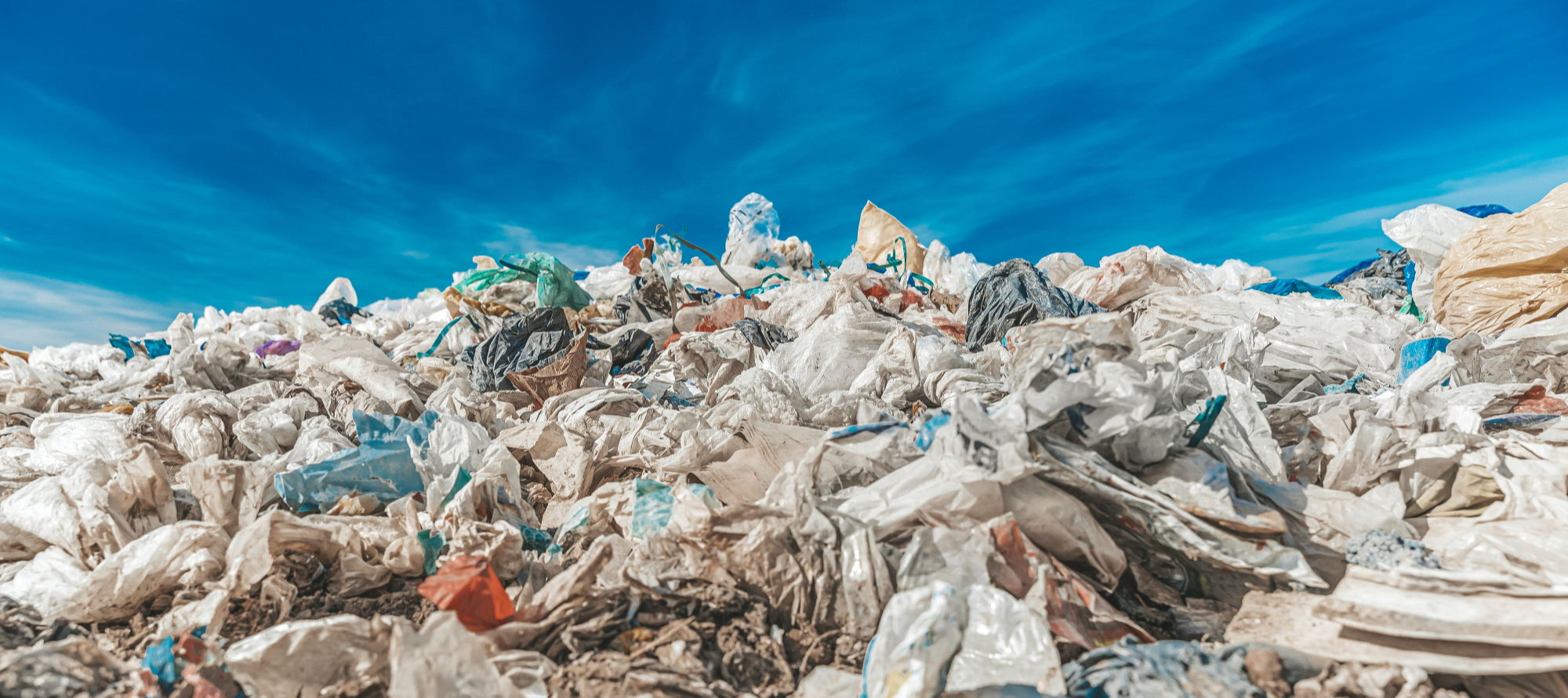Wherever you go in Lebanon, there are mountains of trash lying around near every garbage can. The 2015-2016 trash crisis movement, Tol3it Rihetkon, needs a comeback stronger than ever.
With the ongoing economic hardships, lifted subsidies, fuel shortages, skyrocketing prices, living conditions couldn’t get worse in Lebanon. Another miserable addition to the chaos is the garbage crisis, which is filling the streets with piles of trash, making our streets more and more despicable.
Just last month, a key landfill was forced to shut down in Jdeideh to halt hundreds of metal scavengers trespassing into it, with scuffles erupting between them and workers there. Since April, the temporary and overflowing landfill has shut down twice.
The waste management crisis dates back to the end of the Civil War, almost 40 years ago.
Much of the country’s infrastructure was destroyed during the conflict, and one of the only surviving garbage dumps in Beirut is the Bourj Hammoud landfill. A post-war “national strategy” was established to resolve the garbage issue with temporary solutions. However, the outcome of this strategy was a massive failure, as our streets tell.
The latter mainly focused on Beirut and Mount Lebanon as the most populous areas of the country, leaving other regions out of the equation. The national strategy successfully moved 50 percent of the country’s filth to a single landfill site at Naameh, 30 minutes south of Beirut. As is the case today, some of the garbage was burnt and the rest thrown in the sea.
However, the volume of incoming waste drastically increased following the explosion on August 4, which ended more than 200 lives and wrecked landfill composting and sorting plants.
This situation prompted landfills managers to exceed the height of garbage waste in the remaining garbage dumps from 13.5 metres to 16 metres, the only “logical” solution to this rapid increase in waste. Despite the ongoing political and economic problems in the country, neither the minister of environment nor any politician are trying to resolve this massive garbage crisis.
Nonetheless, many people think that garbage is harmless. In reality, some piles of trash across Lebanon contain hazardous and life-threatening chemical/medical waste from hospitals.
In Lebanon, trash is either thrown into the sea or burned –with both “solutions” detrimental to the environment. If we want to examine the consequences of burning household trash, some are serious health and environmental risks.
Many scientific studies have documented the threats to human’s health from emissions of the open burning of household waste such as exposure to dioxins, polycyclic aromatic hydrocarbon, fine particles, volatile organic compounds, and polychlorinated biphenyls which have been linked to many diseases such as cancer, asthma and heart disease.
According to Dr. Jorge Emmanuel, a consultant who served the United Nations and the World Bank in medical waste assistance, the effects of dioxins include birth defects, cancer, alterations in the reproductive system and impacts in child development, to name a few.
However, the burning of chemical and hospital waste also releases a big amount of dioxin as well as fly ash, heavy metals such as copper, mercury and lead; acid gases such as hydrogen chloride, hydrogen fluoride, sulfur dioxides and nitrogen oxides –all heavy pollutants that jeopardize humans’ health.
The garbage crisis in Lebanon is getting worse every day with the ongoing heavy political and economic turmoil, and it is unsurprising that there aren’t any sustainable solutions to control such a crisis –or any other in the country.


